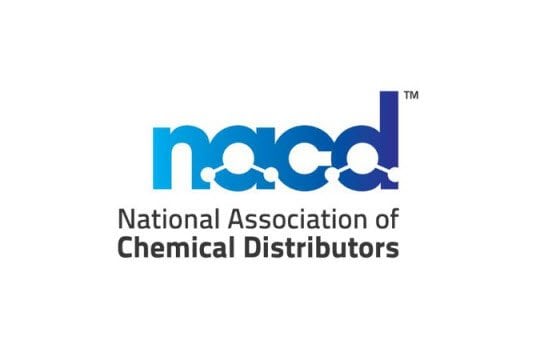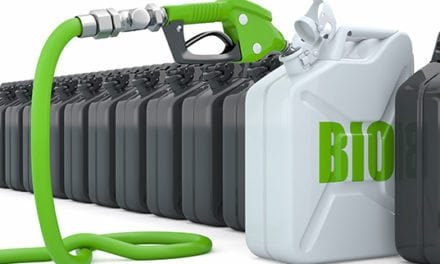The National Association of Chemical Distributors (NACD), Arlington, Va., filed comments in response to the Federal Motor Carrier Administration’s (FMCSA) Commercial Driver’s License Standards: Definition of Tank Vehicle User for Determining the License Endorsement Requirement.
In the comments, NACD expressed serious concerns about FMCSA’s inclusion of trucks transporting bulk portable tanks with an individual capacity of less than 1,000 gallons and an aggregate capacity of 1,000 gallons or more in the proposed tank vehicle definition. Including this scenario in the definition will force many drivers transporting vehicles that do not pose the same safety risks as tank vehicles to obtain tank endorsements on their CDLs. For example, drivers transporting intermediate bulk containers (IBCs) with an aggregate capacity of 1,000 gallons would be required to obtain tank endorsements.
Jennifer Gibson, NACD’s Vice President of Regulatory Affairs wrote, “FMCSA should exclude these bulk portable tanks for several reasons. First, FMCSA never intended to regulate these tanks in transportation as tank vehicles. Secondly, vehicles transporting these tanks do not have the higher center of gravity that tank endorsements teach drivers to recognize and mitigate. In addition, vehicles transporting these tanks present little to no surge/slosh risk during acceleration/deceleration because they are shipped empty, with minimal residue, or filled to their outage levels. Finally, excluding these tanks retains the same level of safety without unnecessarily complicating enforcement procedures and training.”
NACD urges FMCSA to exclude trucks transporting bulk portable tanks with an individual capacity of less than 1000 gallons and an aggregate capacity of more than 1,000 gallons in the final tank vehicle definition. Including these vehicles, which are not actual tanks and which do not present the same safety risks as tanks, would create unnecessary costs and complexities and thus would be contrary to Presidential Executive Order 13563, Improving Regulation and Regulatory Review.
NACD and its over 400 member companies are part of the chemical supply chain, providing products to over 750,000 end users. NACD members focus on health, safety, security, and environmental performance through implementation of “Responsible Distribution,” a third-party verified management practice established in 1991 as a condition of membership.









